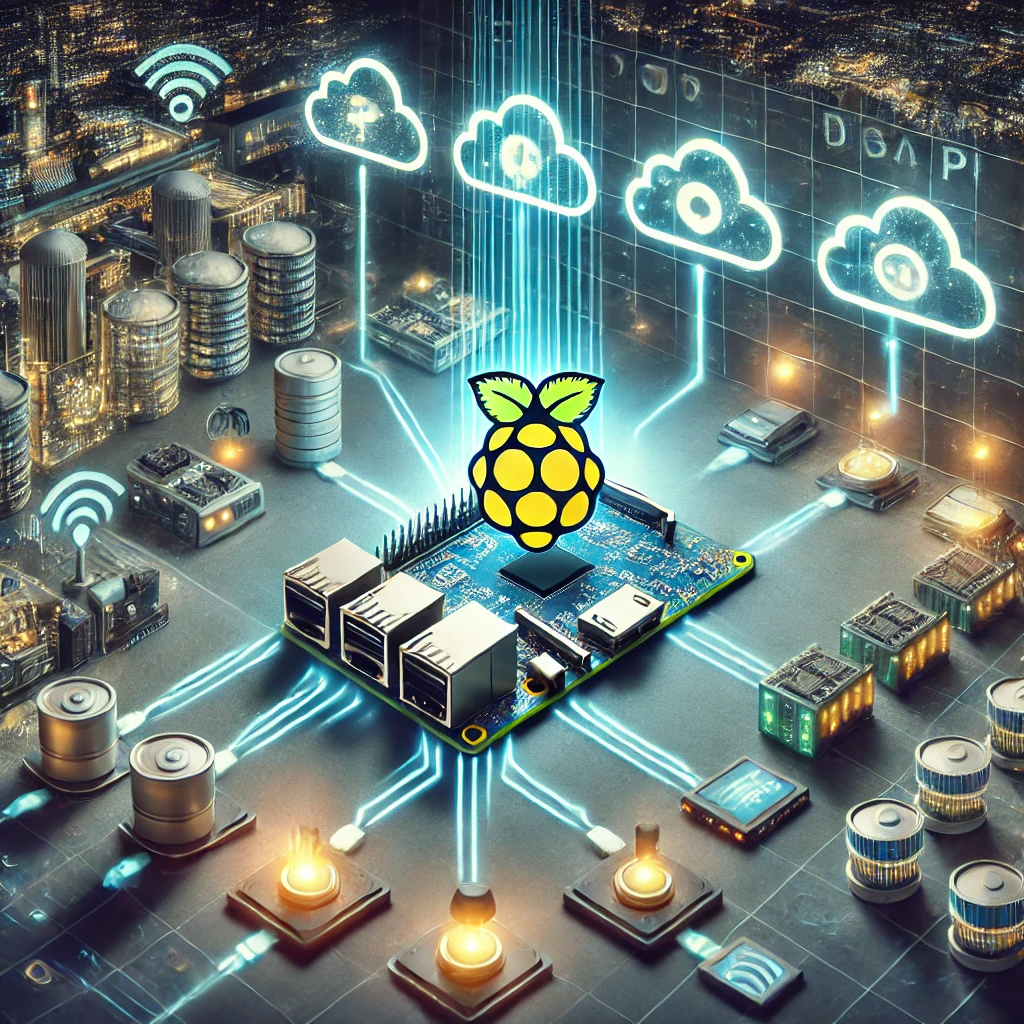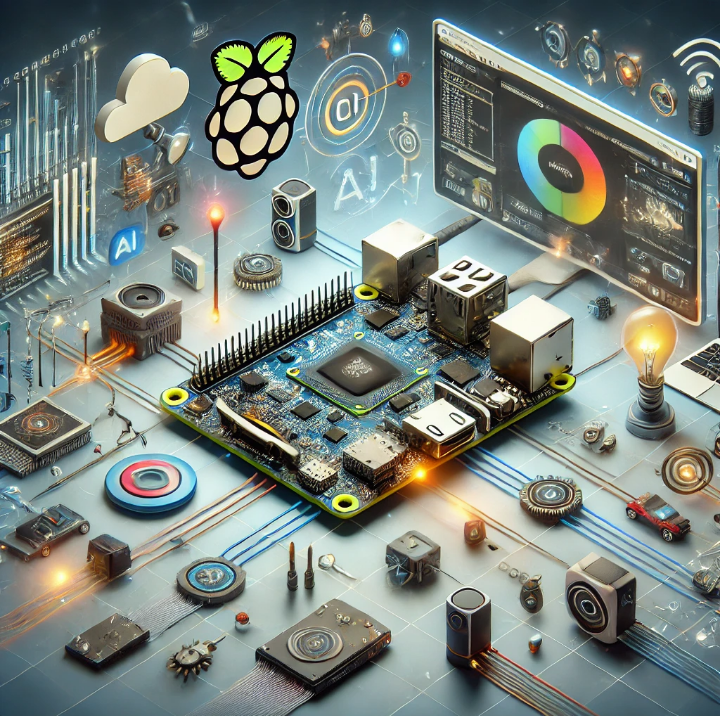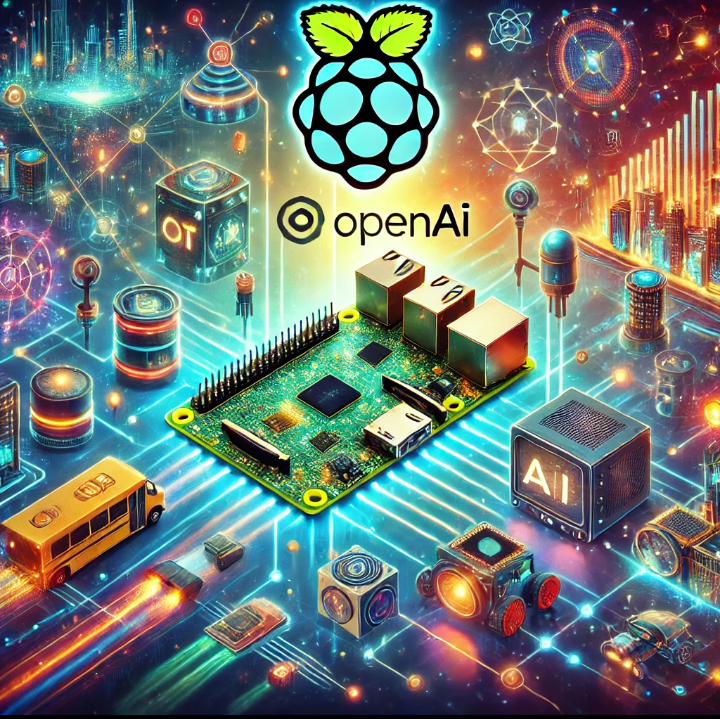Explore how Banana Pi is being used in edge computing to process data closer to the source, reducing latency and improving efficiency in IoT and industrial applications. Learn about the advantages and implementation strategies for deploying Banana Pi in edge computing environments.
As the volume of data generated by IoT devices and industrial sensors continues to grow, edge computing has emerged as a crucial solution for processing data closer to its source. Banana Pi, with its powerful processing capabilities and flexibility, is increasingly being adopted in edge computing projects. This article delves into how Banana Pi can be leveraged for real-time data processing, enhancing performance and efficiency in various applications.
Understanding Edge Computing with Banana Pi
1. What is Edge Computing?
Edge computing involves processing data at or near the location where it is generated, rather than sending it to a centralized cloud or data center. This approach reduces latency, minimizes bandwidth usage, and allows for faster decision-making, which is critical in time-sensitive applications like autonomous vehicles, industrial automation, and smart cities.
2. Why Choose Banana Pi for Edge Computing?
Banana Pi boards are ideal for edge computing due to their powerful ARM processors, extensive I/O options, and ability to run various operating systems, including Linux distributions tailored for IoT. These boards can handle complex computations and data processing tasks, making them suitable for deployment in edge environments.
Implementing Edge Computing with Banana Pi
1. Deploying IoT Gateways:
Banana Pi can be used to build IoT gateways that collect and process data from multiple sensors and devices at the network’s edge. These gateways can perform tasks such as data aggregation, filtering, and preliminary analysis before sending critical data to the cloud for further processing. This reduces the amount of data transmitted over the network and improves response times.
2. Real-Time Data Processing in Industrial IoT (IIoT):
In industrial environments, Banana Pi can bedeployed to monitor and control machinery in real-time. By processing data at the edge, the system can quickly respond to changes in equipment status, preventing downtime and optimizing production processes. This is particularly valuable in scenarios where milliseconds can make a difference, such as in predictive maintenance or robotic control.
3. AI and Machine Learning at the Edge:
With the growing interest in AI and machine learning, Banana Pi can serve as a platform for deploying trained models directly at the edge. This allows for real-time inference and decision-making without the need for constant communication with a central server. Applications include facial recognition, anomaly detection, and smart home automation, where latency and privacy are critical concerns.
Benefits of Using Banana Pi in Edge Computing
1. Reduced Latency:
By processing data locally, Banana Pi significantly reduces the latency associated with sending data to and from a central server. This is crucial in applications that require immediate responses, such as autonomous vehicles or industrial automation systems.
2. Lower Bandwidth Usage:
Edge computing with Banana Pi reduces the amount of data that needs to be transmitted over the network, lowering bandwidth costs and reducing the load on network infrastructure.
3. Enhanced Security and Privacy:
Processing data at the edge helps to keep sensitive information within the local network, reducing the risk of data breaches and ensuring compliance with privacy regulations.
Banana Pi is a powerful tool for implementing edge computing solutions, offering the processing power, flexibility, and affordability needed to bring real-time data processing closer to the source. Whether you’re developing IoT applications, industrial automation systems, or AI-driven projects, Banana Pi provides the capabilities to enhance performance and efficiency at the network’s edge.
For more insights on edge computing with Banana Pi, check out the Banana Pi forums http://forum.banana-pi.org/.





